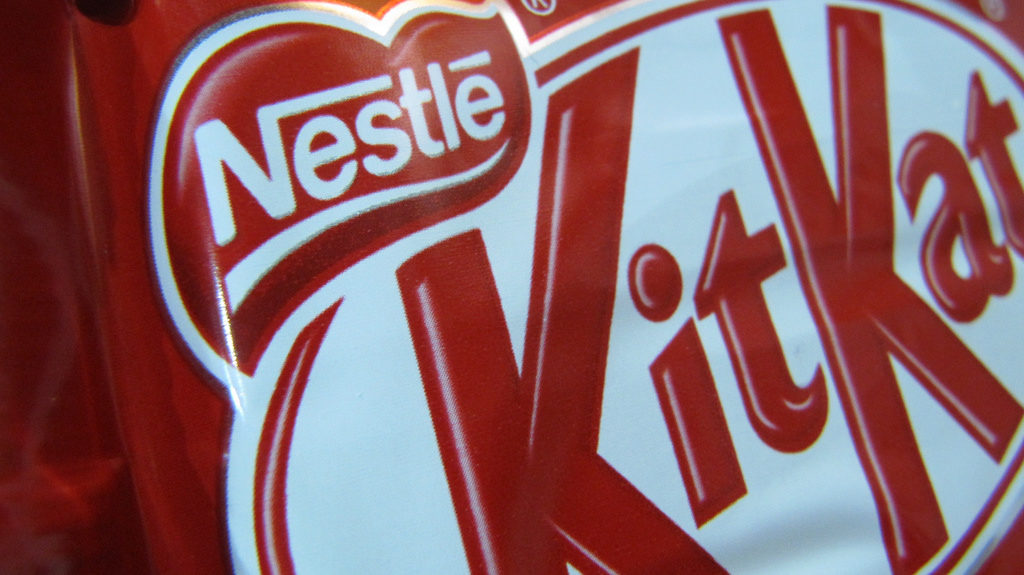When thinking of Nestlé, their signature chocolate products definitely come to mind. However, it seems almost too easy to overlook the other products the company produces. Nestlé has recently been working towards getting recognized for things other than just its chocolate. The brand manufactures products such as pet care, coffee, infant food and bottled water. In fact, the company has been investing in these products more in the past year to grow their name.
“We’re more than chocolate. We’re at $27 billion operation in the US,” chief strategy officer of Nestlé USA, Rui Barbas told Food Dive.
The repositioning of their business was for growth and might be due to the pressure the company is experiencing from Daniel Loeb, activist investor. Loeb had said the company should split itself into three divisions: nutrition, beverages and groceries. In addition, he suggested that Nestlé add a person outside of their board that also has knowledge to the food and beverage sector.
“Nestlé’s management is not moving quickly enough to exit under-performing and non-strategic business. This is a call for urgency – rather than incrementalism — to capitalize on fleeting opportunities and innovations that competitors will capture if Nestlé does not energize itself,” Loeb said.
Loeb had criticized the company, accusing it of having a “muddled strategic approach” which doesn’t do enough to change itself with consumer consumption patterns. However, Barbas had said the company has been constantly tweaking its portfolio and gaining resources. The company currently has a broad portfolio, including Toll House chocolate chips, Dreyer’s ice cream, S. Pellegrino sparkling water and Lean Cuisine.
“As long as the consumer continues to evolve, you’ll continue to see our portfolio adjusting to where the consumer is going. I think the pace of change will further accelerate going forward and you will see a company like Nestlé picking up the pace as well as our own transformation,” Barbas said.
The company has tried to expand its offerings. Nestlé recently launched an incubator to help emerging food and agriculture startups. The company teamed up with financial services firm Rabobank and Rocketspace, a technology company. The company might have made a smart move since bigger brands have been losing sales recently to smaller startups. In fact, between 2012 and 2015, market share from the top 25 food manufactures of the US dropped by three percent.
“Our partnership with Terra by Robobank and RocketSpace is just one way in which Nestlé can play a leading role in meeting quickly evolving consumer expectations and explore new disruptive technologies and business models,” Barbas said.
In addition to starting this acceleration program, Nestlé also invested in Blue Bottle coffee and purchased Chameleon Cold-Brew. They also paid $7.15 billion to Starbucks in order to sell the chain’s beverages and coffee beans in stores. This helped Nestlé get more than just a foot in the door when it came to this segment – especially since the company already has existing brands like Nescafe and Nespresso.
Aside from the coffee industry, the company also invested in plant-based foods by purchasing Sweet Earth last September. According to Barbas, purchasing the brand gave Nestlé a more immediate presence in the segment which is growing rapidly. Nestlé is very evidently trying to become more than “just chocolate” to its consumers. Branching out in new food and beverage categories might just let the company achieve that.












Join or login to leave a comment
JOIN LOGIN